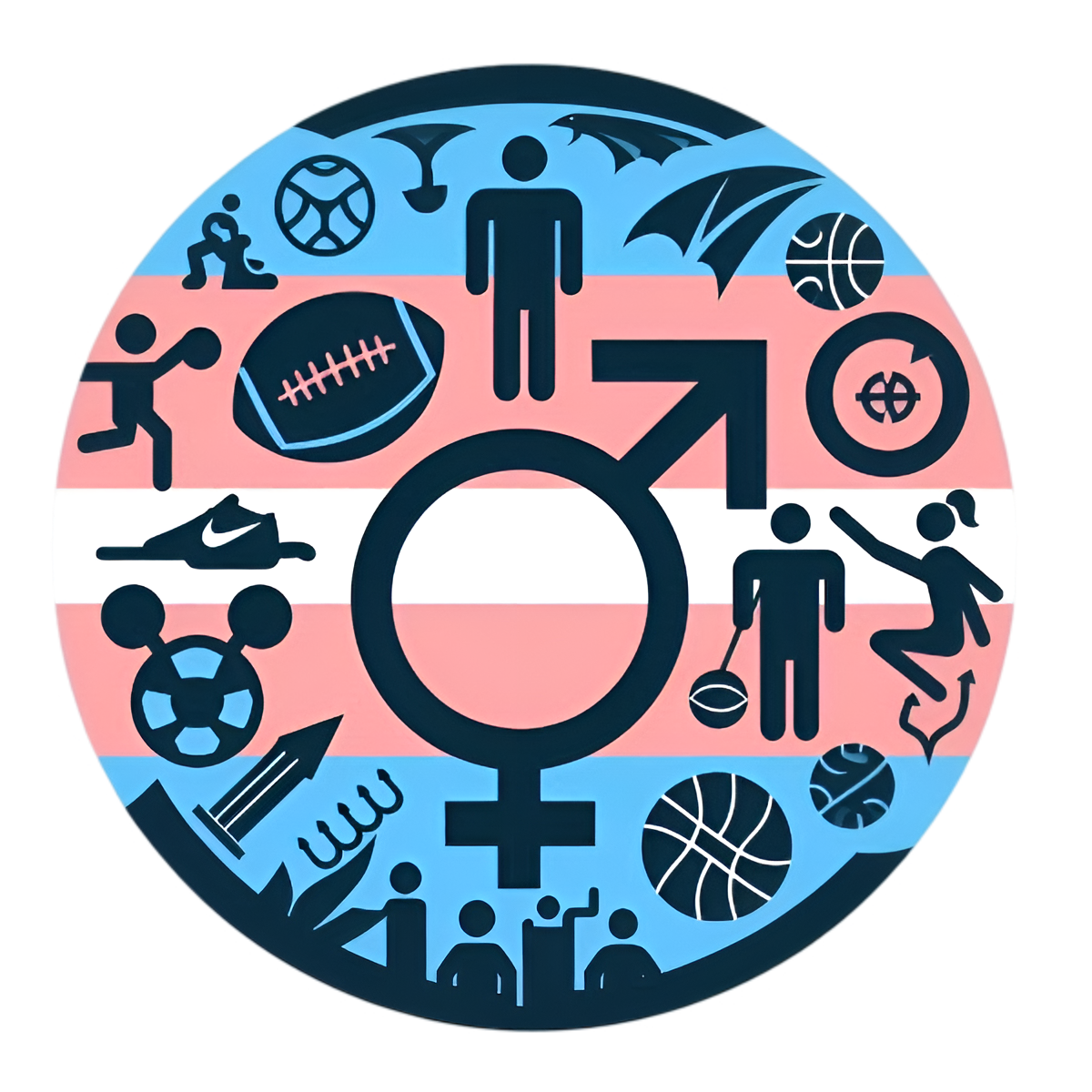The participation of transgender athletes in sports has become a hot-button issue, attracting attention from media, lawmakers, and sports organizations around the world. At the heart of the debate is the question of fairness—balancing the rights of transgender individuals to compete in sports with the need to ensure a level playing field for all athletes.
- Background and Key Events
The controversy gained significant traction in recent years, particularly in the United States. In one notable instance, former President Donald Trump signed an executive order barring transgender athletes from competing in girls’ and women’s sports. This order was met with strong reactions from various sides.
Proponents of the ban argue that allowing transgender women (individuals assigned male at birth who identify and live as women) to compete in women’s sports gives them an unfair physical advantage, potentially undermining the integrity of women’s sports. They assert that biological differences, such as muscle mass, bone density, and testosterone levels, can create an uneven playing field, even if the athletes undergo hormone therapy.
On the other hand, opponents of the ban view it as discriminatory and argue that it unfairly targets transgender individuals. They highlight that sports are not just about physical ability but also about skill, determination, and training. Additionally, many sports organizations, including the International Olympic Committee (IOC), have established guidelines to allow transgender athletes to compete under certain conditions, emphasizing inclusion and fairness.
- Legal and Social Implications
The issue has led to numerous legal battles, with lawsuits filed both in support of and against the participation of transgender athletes. Courts have had to grapple with complex questions about civil rights, gender identity, and the interpretation of laws meant to protect against discrimination.
The societal implications of this debate are equally profound. It has spurred discussions about gender identity, equality, and the role of sports in fostering inclusivity. Some schools and sports leagues have adopted more inclusive policies, while others have implemented stricter regulations.
- Voices and Perspectives
The debate is not just a political or legal issue—it is deeply personal for many athletes. Transgender athletes often face significant challenges, including stigma, discrimination, and mental health struggles. Their stories and experiences provide valuable insights into the impact of these policies.
For instance, athlete and advocate Chris Mosier, the first transgender man to make a U.S. national team, has spoken out about the importance of allowing transgender individuals to compete. He emphasizes the need for policies that support the well-being and rights of all athletes, regardless of gender identity.
Meanwhile, prominent figures like tennis legend Martina Navratilova have expressed concerns about fairness, urging for a balanced approach that protects the integrity of women’s sports while also respecting the rights of transgender athletes.
- The Role of Science and Research
Scientific research plays a crucial role in informing the debate. Studies on the effects of hormone therapy on athletic performance have yielded mixed results, with some suggesting that transgender women may retain certain physical advantages even after hormone treatment, while others emphasize the significant changes that occur during the transition process.
Researchers continue to investigate various aspects of this issue, including the impact of testosterone levels, muscle mass, and endurance on athletic performance. The goal is to provide evidence-based guidelines that can help sports organizations create fair and inclusive policies.
- Moving Forward
As the conversation continues to evolve, finding common ground remains a challenge. Many advocates call for more research to understand the effects of gender transition on athletic performance better. They also encourage dialogue and education to foster understanding and empathy.
Ultimately, the goal is to create a sports environment where everyone—regardless of gender identity—feels welcome, respected, and able to compete fairly. The journey toward this ideal is ongoing, and it will require collaboration, compassion, and a commitment to equity.


Recent Comments